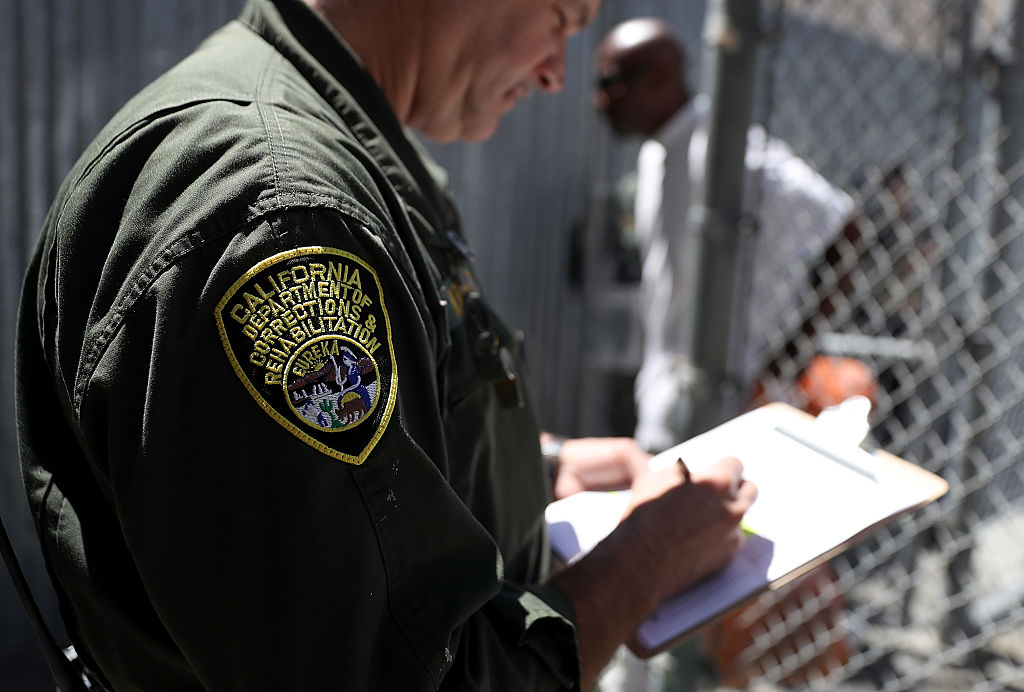Four structures along the Scripps Pier contain equipment receiving data gathered from the balloon.
The balloon is part of a year-long project researchers at the Scripps Institution of Oceanography are conducting in collaboration with the U.S. Department of Energy.
Stream San Diego News for free, 24/7, wherever you are with NBC 7.
"It's important for us to understand how as climate warms, those clouds may change," said Lynn Russel, distinguished professor of atmospheric chemistry at the Scripps Institution of Oceanography, UC San Diego.
The launch in La Jolla, of course, comes at a time of heightened tensions with China after a suspected spy balloon was shot down over South Carolina's coast, as well as the downing of several other objects over North America.
Get top local San Diego stories delivered to you every morning with our News Headlines newsletter.
Russell said the researchers are tracking clouds, their structure and winds to better understand the atmosphere. She said the data will be vital to improving climate models and better understanding and predicting weather patterns in San Diego. Right now, she added, climate models are unable to predict the formation of clouds, their height and how much they cool or warm.
"That allows us to plan better for the future, organize the infrastructure accordingly," Russell said.
The Scripps helium-filled balloon is just one of the instruments being employed for the project. Attached to it is a sensor that measures temperature and air pressure as it goes up into the atmosphere.
Local
Russell said once the balloon reaches a certain altitude, that air pressure will cause it burst. However, the data the transmitter captured was sent back digitally to the researchers on the pier prior to it falling back to earth.
“What we’re able to record is a snapshot of how the temperature changes as the balloon goes up into the atmosphere,” Russell said.
The U.S. Department of Energy is providing about $20 million worth of equipment, including radar, radiometers and rain measurements, and will measure the data continuously for a year.
“We’ve got to get all those little details right to get the clouds right, which tells us what the climate is going to be like in the future," said Jeff Stehr, program manager of the Atmospheric Research Program at the U.S. Department of Energy.
Russell said the program will collect the most comprehensive data set of atmospheric measurements ever made in San Diego.
The U.S. Department of Energy will be funding anywhere between $5-10 million for the research being done on this project.



